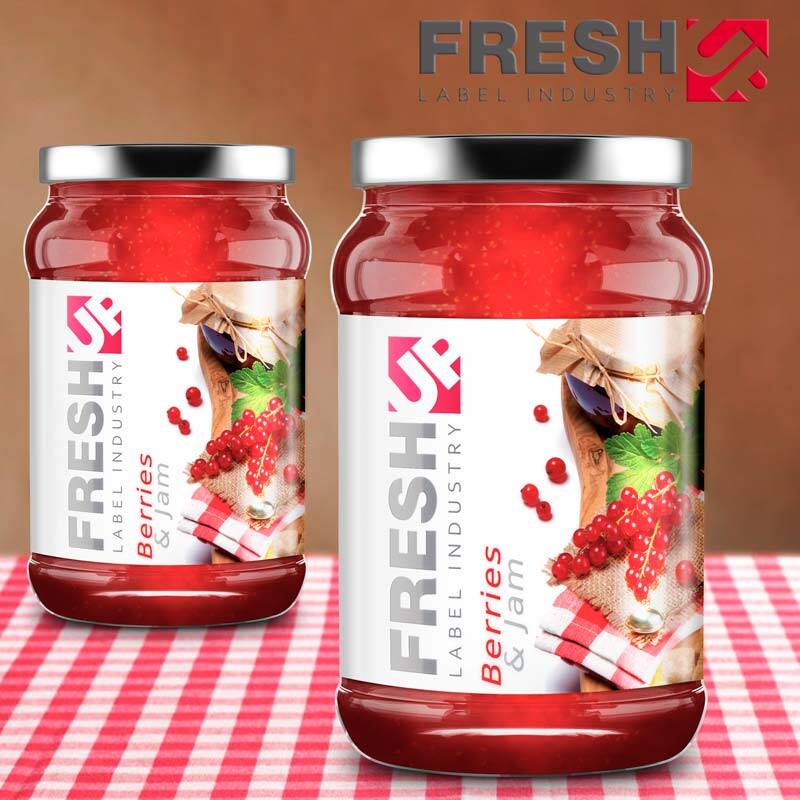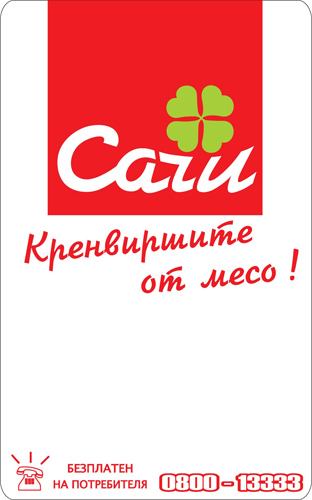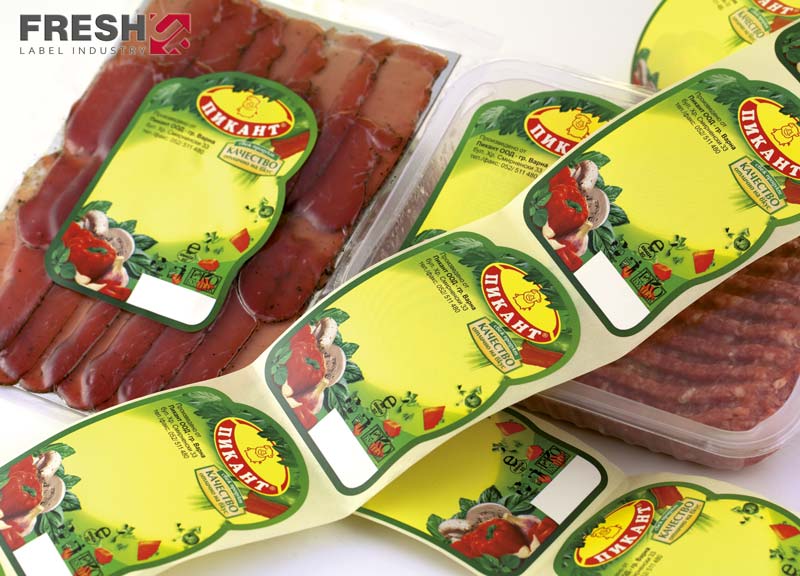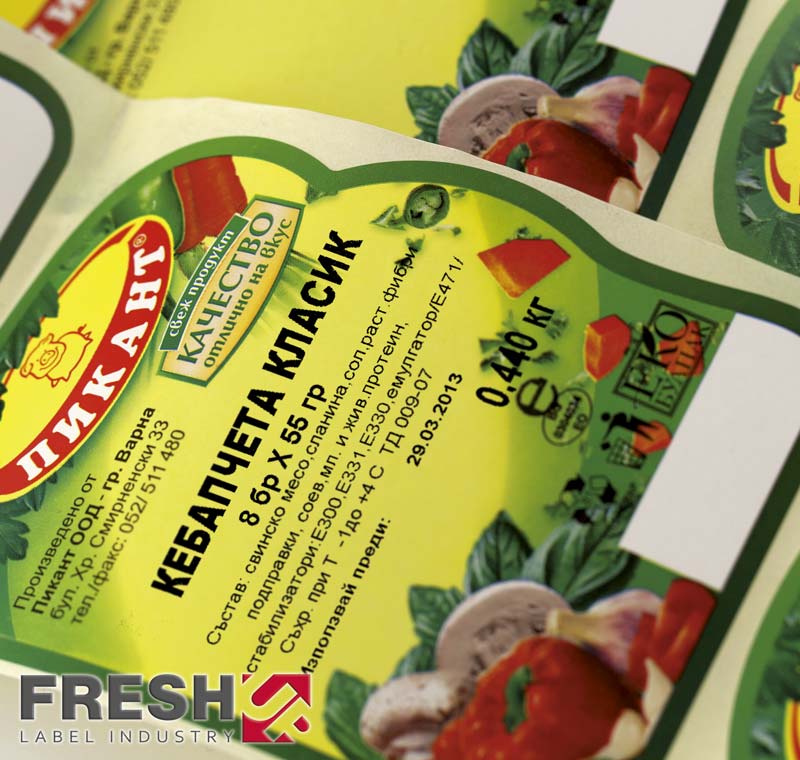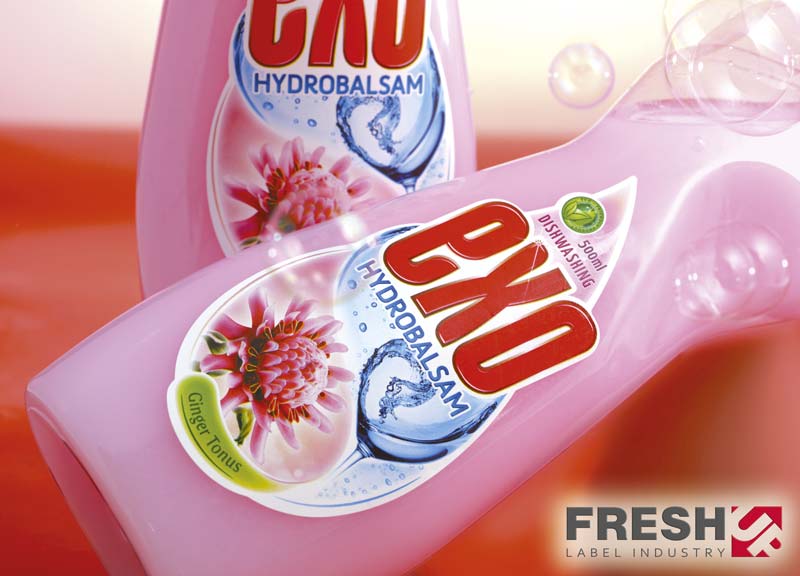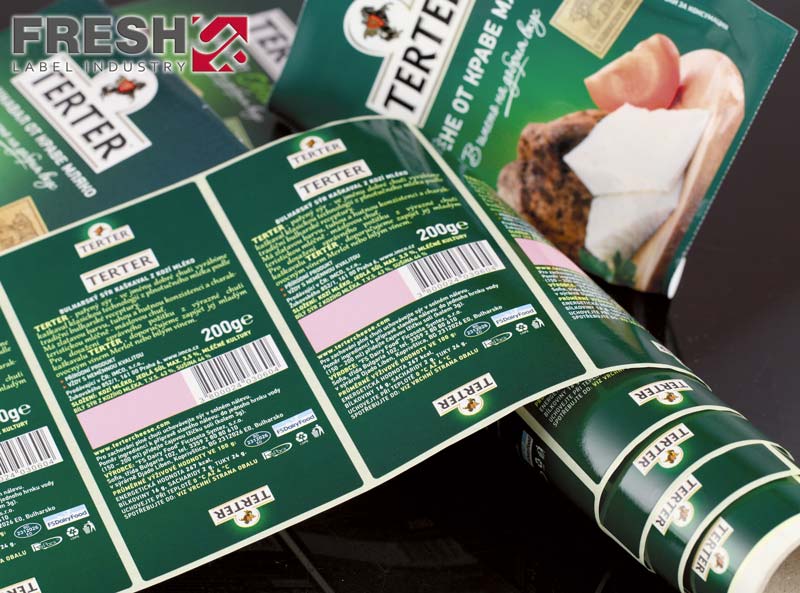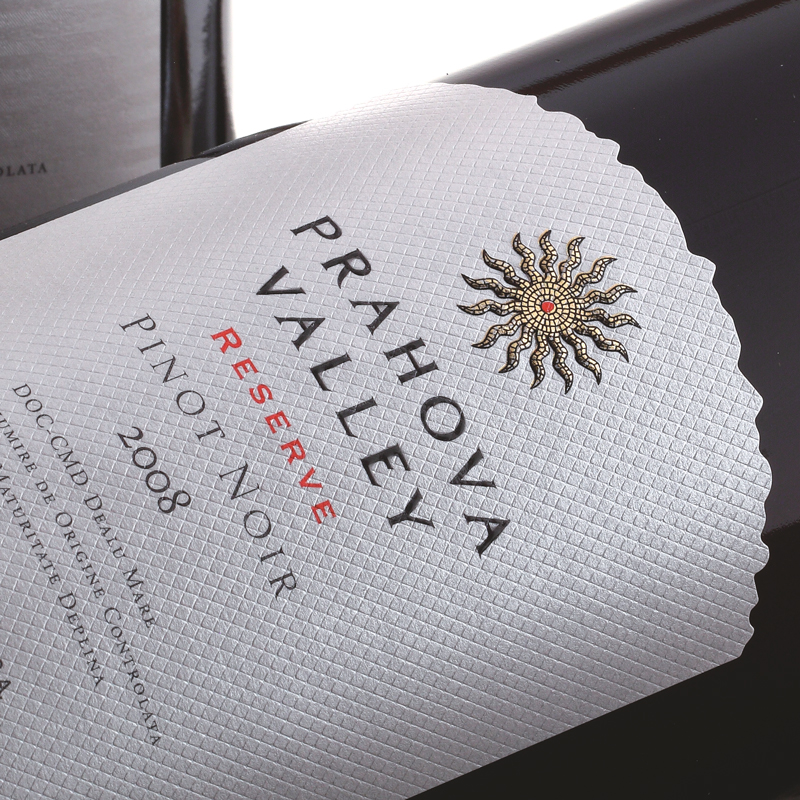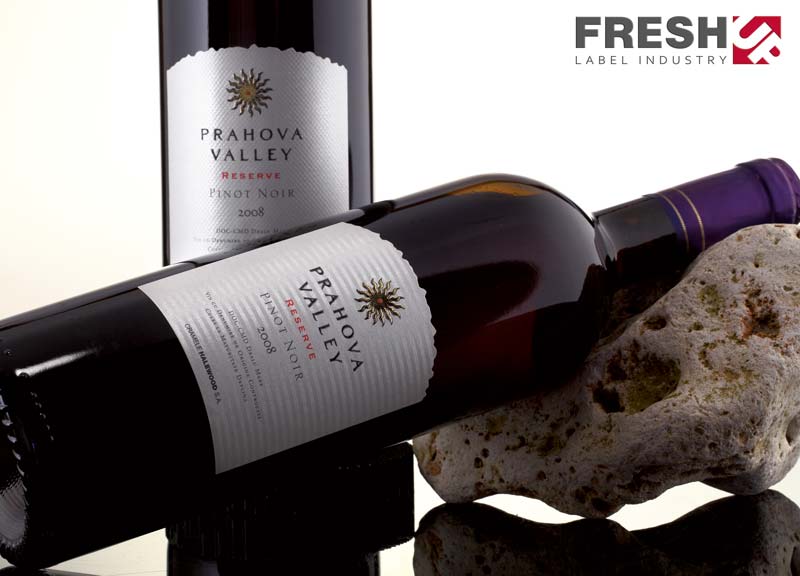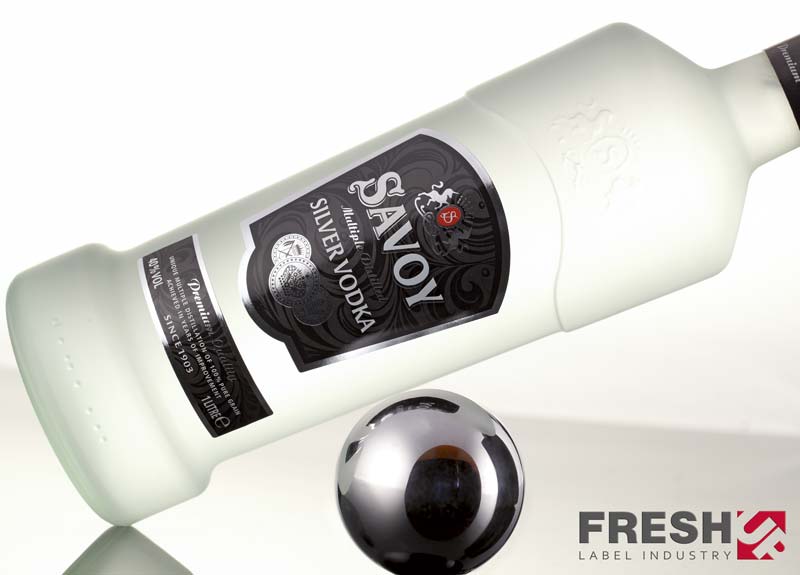Labels according to the type of base material
Almost all paper and synthetic materials for making self-adhesive labels can be combined with the following main types of adhesives:
– Permanent, whether they are conventional or with a pronounced strong initial adhesion;
– Adhesive for repeated peeling / gluing;
– Adhesives for deep-frozen products;
– Adhesives for application at negative temperatures;
– Adhesives for application on difficult surfaces;
– Special purpose adhesives;
Paper labels
Thermodirect and thermotransfer materials
They allow for subsequent printing of variable information, either it is applied by thermo-direct (TD), thermal transfer printing (TT), digital printing or electronic scales. Labels can be pre-printed with a logo, contact details or other permanent information with a design of the customer's choice or white punched labels, made of material, allowing reprinting with the appropriate technology. The common denominator between subsequent thermodirect and thermal transfer printing is, that they use a method, in which by heat transfer, generated by the printer head, the desired image is displayed (most often text or barcode) The difference is, that an additional thermal transfer ribbon is used in thermal transfer printing (TTR ribbon) in order to achieve a longer lasting image, and thermodirect printing relies on a thermosensitive layer previously applied to the paper. Thermodirect printing is less resistant to light, heat and mechanical damage, which also determines the shorter life of the information, reprinted by this method.
Synthetic Foil PE, PP, Polyolefin etc.
These are labels made of synthetic materials, which may be PE, PP, PET, polyolefin and others, as most films in turn are white, transparent, matte and metallized. Synthetic labels have decisive advantages over paper labels: they are more resistant to external influences, they are more resistant to tearing and mechanical damage, and last but not least, they have a longer life. Combined with a suitable adhesive adhere well to glass, wood, metals, various plastics, and also on greasy and dirty surfaces, This makes them the preferred choice in specific areas such as the cosmetics industry, household chemistry, oil refining industry, etc..
Structural Papers
These are special papers, which have a different type of relief (texture) as a form, direction and depth. They are mainly used for printing wine labels. These papers are resistant to moisture and do not degrade from basic solutions. Manufacturers of these materials offer sample catalogs, shown in detail and described as species, colors, structures and thicknesses. The characteristic of these materials is, that most of them can only be printed with printing technology “offset”. These papers allow additional finishing operations, which refine the label with processes such as screen printing, dry prege, hot stamping, etc..
Metallized papers and foils
Printing on metallized materials (silver or gold in color) allows labels to acquire a more attractive appearance. Depending on the creative idea of the designers, these materials allow for different places on the label, whether or not using white ink, to achieve a metallic or matte effect. In some cases, the use of metallized materials can eliminate the need for more expensive technologies hot or cold printing. Metallized foils are moisture resistant and are used for labels, to which there are high requirements for sustainability.





